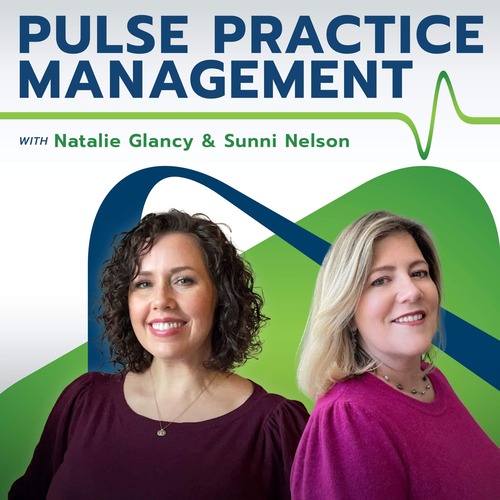What are CPT Codes?
CPT codes are used to request payment for services provided and are extremely important when it comes to getting reimbursed from insurance companies. CPT codes were developed by the American Medical Association and are assigned to each and every service that a medical provider may provide a patient, from surgical, to diagnostic, and everything inbetween. Therefore, you want to make sure you are using the right codes. Mental Health Coding Tip 1: Make sure you are adequately billing for your time with patients. As a provider, you spend a lot of time with patients going over test results, counseling patients and their family members, and more. All of this time spent should be accounted for and billed for. Mental Health Coding Tip 2: Use appropriate diagnostic codes. When possible, use one of the following primary mental health diagnosis codes:- 293.83- Mood disorder due to a medical condition
- 296.21, 296.22, 296.30- Major depressive disorder (single episode mild, single episode moderate, and recurrent)
- 296.90- Mood disorder, not otherwise specified
- 300.00- Anxiety disorder, not otherwise specified
- 300.02- Generalized anxiety disorder
- 309- Adjustment disorder with depressed mood
- 311- Depressive disorder, not otherwise specified
- 314, 314.01- Attention Deficit/Hyperactivity disorder

